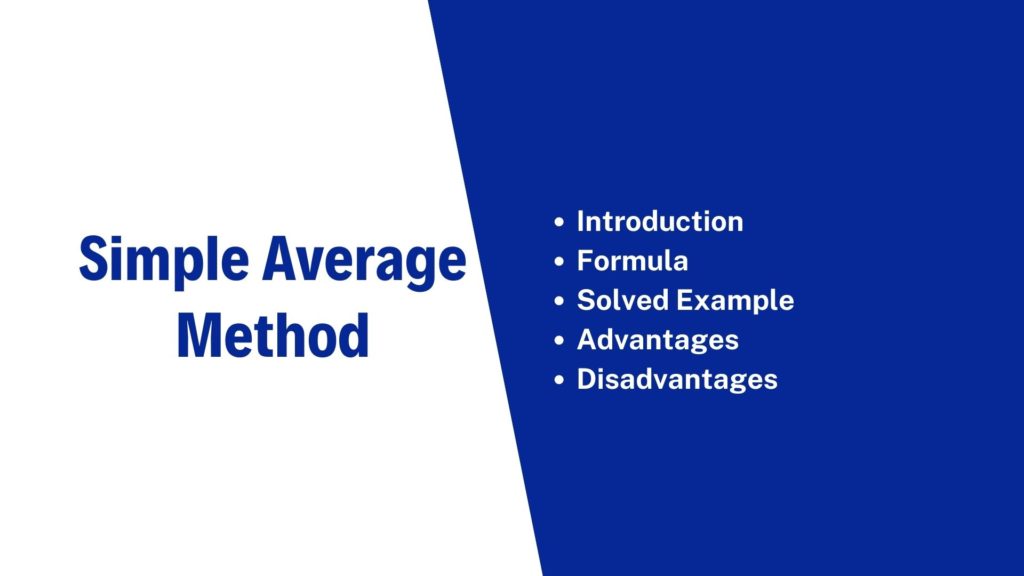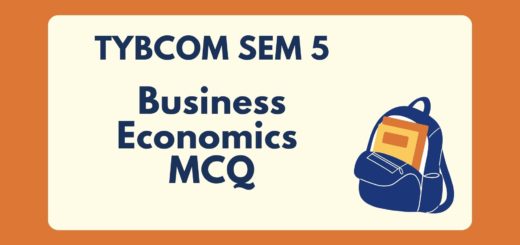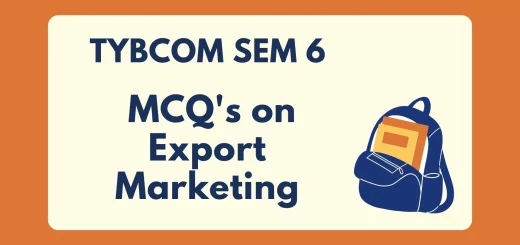Simple Average Method (Meaning, Formula, Advantages, and Disadvantages) | Free Cost Accounting Articles
Table of Contents
Simple Average Method

Under this method, materials are issued at the average price of materials on hand on the date of issue. The simple average price is calculated by dividing the total of all rates of material in hand by the number of rates. The lot which is exhausted, based on the FIFO method is excluded in computing the average.
In the simple average method, the issue price of materials is fixed at an average unit price. Simple average is an average of price without considering the quantities involved. The average price is calculated by dividing the total of the rates of the materials in the stores by the number of rates of prices.
Simple Average Method Formula
Rate of Issue =Total of Different Rates / No. of Rates
This method is useful when the materials are received in uniform quantities and purchase prices are normally stable.
- First in First out Method (FIFO)
- Last in First out Method (LIFO)
- Simple Average Method
- Weighted Average Method
Advantages Of Simple Average Method
i) This method is easy to operate.
ii) It gives reasonably accurate results if prices are stable.
iii) Simple average method reduces clerical work.
Disadvantages Of Simple Average Method
i) Materials are not priced at actual costs.
ii) It does not take into account the quantity of materials purchased.
iii) Verification of closing stock becomes difficult.
iv) When the price and quantity of different lots are widely fluctuating, this method gives incorrect results.
Exmaple
In cost accounting, we can calculate the value of material issues on the basis of the simple average price method. Under this method, we can calculate the total unit cost of each purchase, and then it is divided by the total no. of units.
Suppose, you have bought the material
1st time 100 units @ Rs. 4
2nd time 200 units @ Rs. 3
3rd time 150 units @ Rs. 2
The material issue with simple average method
= total of the unit cost of each purchase/ total no. of units
= 4+3+2 / 3 = Rs. 3
Now, all material will be issued from the store at the price of Rs. 3. This method is more beneficial than FIFO and LIFO, if there is very small fluctuation in the buying prices.



Good work indeed,